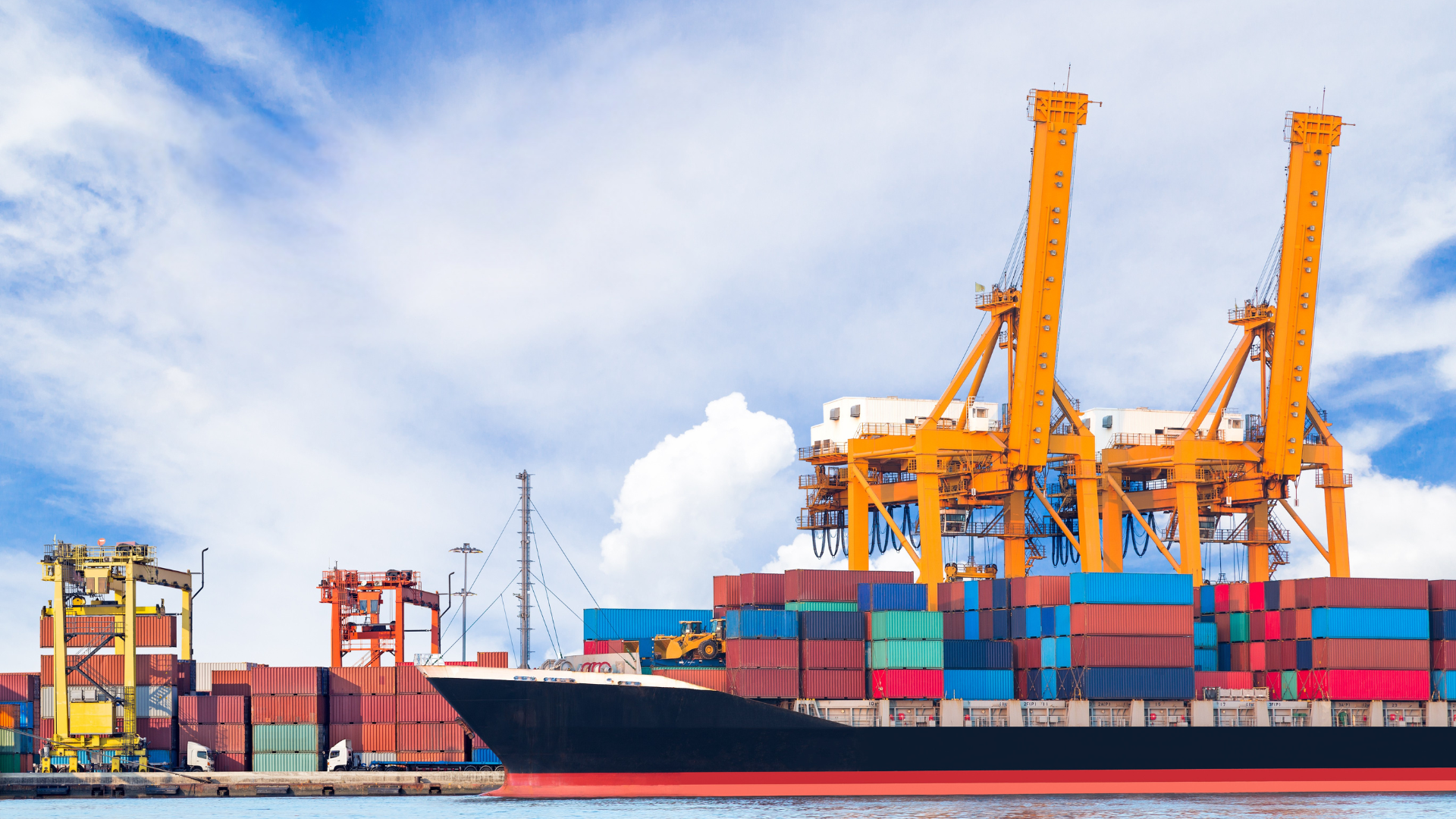How Export-Oriented MSMEs Can Tackle the Latest US Tariff Hikes
Navigating the Storm: How Export-Oriented MSMEs Can Tackle the Latest US Tariff Hikes
A comprehensive guide for Indian MSMEs to mitigate the impact of rising US import duties through strategic diversification, cost optimization, and leveraging government support.
In a significant escalation of trade tensions, recent announcements have seen the United States impose steep tariffs, reportedly up to 50%, on a wide range of Indian goods. This move presents a formidable challenge for India's export-oriented Micro, Small, and Medium Enterprises (MSMEs), which form the backbone of the nation's economy and are often characterized by thin profit margins. The tariffs threaten to erode the competitiveness of Indian products, potentially leading to order cancellations, reduced demand, and significant business losses.

However, with proactive and strategic measures, Indian MSMEs can navigate this turbulence. This blog provides an in-depth, SEO-optimized guide on how to tackle the latest US tariff hikes, ensuring your business not only survives but emerges more resilient.
Understanding the Impact: Which Sectors Are in the Crosshairs?
The latest round of US tariffs is broad, affecting a significant portion of India's export basket to its largest trading partner. Key labor-intensive sectors, predominantly powered by MSMEs, are expected to bear the brunt of the impact. These include:
- Gems and Jewellery: A major export category, facing fierce competition from suppliers in other countries.
- Textiles and Apparel: Hubs like Tiruppur and Ludhiana are seeing international orders drop as Indian garments become less competitive against those from nations like Bangladesh and Vietnam.
- Auto Components: A significant contributor to India's exports to the US, this sector is now vulnerable.
- Leather, Marine Products, and Agriculture: Products like shrimp are heavily affected, with tariffs compounding existing duties.
- Engineering Goods and Chemicals: These sectors are also grappling with rising costs and shrinking demand from the US market.
It's important to note that some key sectors like pharmaceuticals, energy products, semiconductors, and critical minerals have been exempted for now, offering a silver lining for certain exporters.
Your Survival Toolkit: 7 Actionable Strategies for Indian MSMEs
Confronted with these challenges, a passive approach is not an option. Here are seven actionable strategies that export-oriented MSMEs can implement to counter the adverse effects of the US tariffs.
1. Aggressively Pursue Market Diversification
Over-reliance on a single market is a significant risk. The current situation underscores the urgent need for Indian exporters to diversify their geographical footprint.
- Explore New Horizons: Actively scout for new and emerging markets in regions like the European Union, UK, Southeast Asia (ASEAN), Africa, and West Asia. The Indian government is already focusing on a strategy to target 50 countries that account for 90% of exports.
- Leverage Trade Agreements: Take full advantage of existing Free Trade Agreements (FTAs) with partners like the UAE, Australia, and Japan to gain preferential access and improve market penetration. The recent India-UK Free Trade Agreement, for example, could eliminate tariffs on 99% of Indian exports.
2. Optimize Your Supply Chain and Costs
When margins are squeezed, efficiency becomes paramount. A thorough review of your supply chain and operational costs can unlock significant savings.
- Strengthen Domestic Sourcing: Reduce dependence on imported raw materials that might also be subject to tariffs by developing robust domestic supply chains.
- Renegotiate and Collaborate: Engage in open communication with suppliers to renegotiate contracts and explore possibilities of sharing the cost burden.
- Embrace Lean Manufacturing: Implement efficiency-boosting measures to cut waste and reduce production costs, helping to absorb a portion of the tariff impact.
3. Leverage Government Support and Schemes
The Indian government has signaled its intent to support exporters through this challenging period. Staying informed about and utilizing these schemes is crucial.
- Export Promotion Mission: The government plans a significant export support mission, which includes schemes for trade finance and improving market access.
- Credit Guarantee Schemes: A credit guarantee scheme for small exporters is being worked on to help manage financial stress. The government is also considering relaxed collateral rules and new credit options.
- Bank Support: Commercial banks are stepping up with measures like temporary interest concessions, flexible repayment options, and enhanced working capital lines to help manage cash flow pressures.
4. Re-engage with Your US Buyers
Don't let the tariffs create a communication gap with your US clients. Proactive engagement can lead to mutually beneficial solutions.
- Open Dialogue: Discuss the tariff impact openly with your buyers. They may be willing to share a portion of the cost increase to maintain a reliable supply chain.
- Highlight Value: Emphasize the quality, craftsmanship, and unique value proposition of your products that go beyond price alone.
5. Focus on High-Value and Niche Products
Moving up the value chain can make your products less sensitive to price fluctuations caused by tariffs.
- Innovate and Differentiate: Invest in research and development to create innovative products with distinct features that command a premium.
- Target Niche Markets: Identify niche segments within the US market that are less price-sensitive and where your unique products can thrive.
6. Adopt a "Compliance-First" Mindset
In a complex trade environment, meticulous documentation and regulatory compliance are non-negotiable.
- Documentation Excellence: Ensure all your export documents are accurate and complete to avoid any delays or penalties at customs.
- Stay Informed: Keep abreast of the evolving tariff regulations and trade policies to make informed business decisions.
7. Invest in Technology and Automation
Technological adoption is a powerful lever for enhancing competitiveness and reducing operational costs.
- Increase Efficiency: Use automation and digital tools to streamline processes, from manufacturing to logistics, thereby improving your bottom line.
- Go Direct-to-Consumer (D2C): Explore D2C e-commerce channels to sell directly to US consumers, which can improve margins and build brand loyalty.
The Road Ahead: Building Resilience
While the US tariff hikes present a significant immediate challenge, they also serve as a crucial catalyst for Indian MSMEs to evolve. By embracing diversification, enhancing operational efficiency, leveraging technology, and making full use of available government support, businesses can not only weather this storm but also build a more robust, resilient, and globally competitive enterprise for the future.
For MSMEs looking to accelerate this digital transformation, partnering with a specialist in technology and digital marketing services like misrut can provide the expertise needed to enhance efficiency and global competitiveness. Visit misrut.com to know more!
